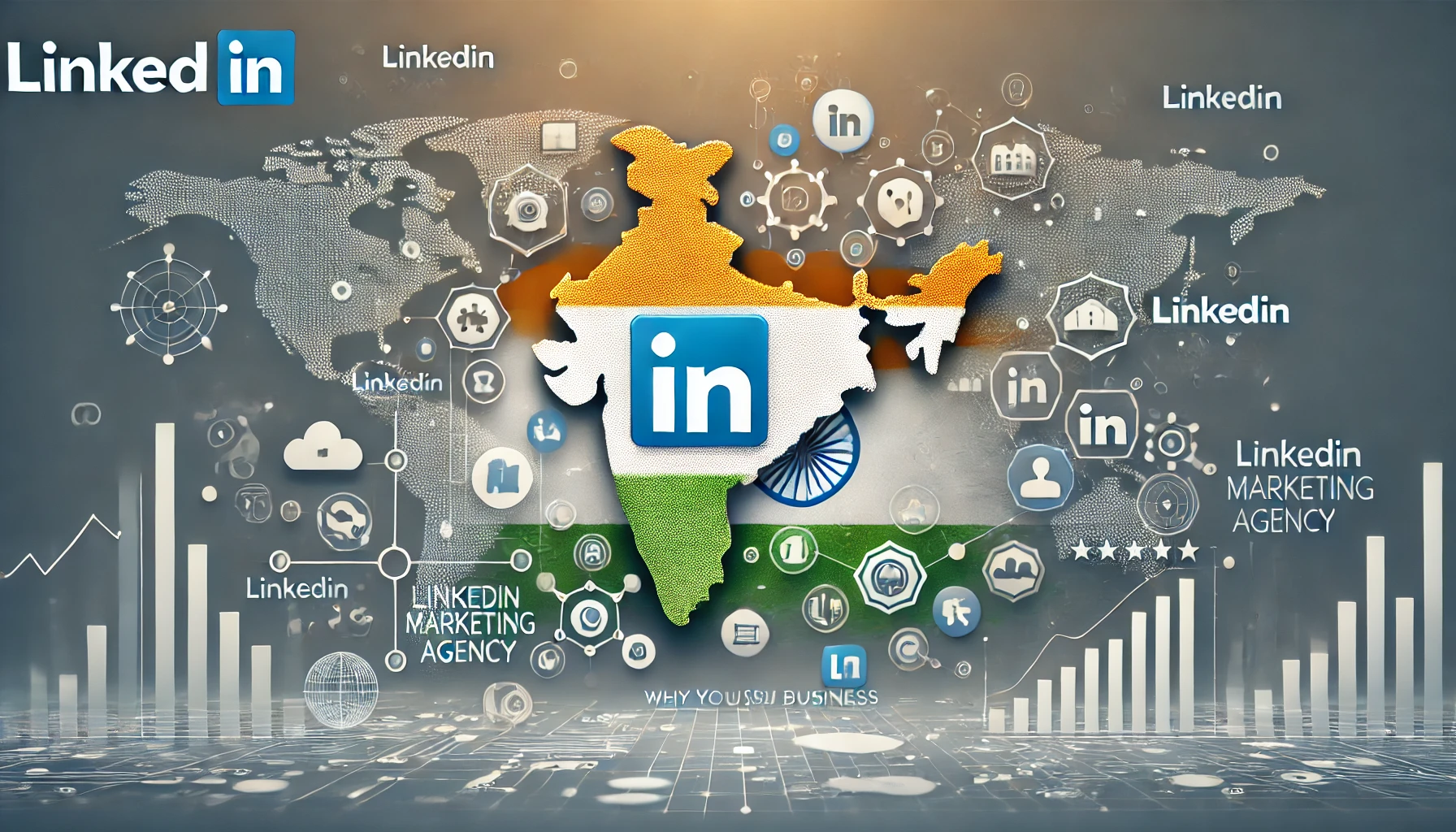In the B2B world of 2025, LinkedIn is no longer just a platform for job seekers and recruiters—it’s the most trusted space for brand building, lead generation, and professional networking. With over 1 billion members worldwide and more than 100 million active in India alone, LinkedIn has evolved into a full-fledged content and advertising platform for decision-makers.
As traditional social platforms grow increasingly noisy and expensive, LinkedIn advertising stands out as a premium channel to reach highly targeted business audiences. Whether you’re a SaaS startup, D2C brand, consultant, or agency, this blog breaks down how to harness LinkedIn’s ad ecosystem for measurable growth.
Why LinkedIn Advertising Is Essential in 2025
LinkedIn’s advertising ecosystem has matured significantly over the last few years. Here’s why brands are prioritizing it:
- Audience Quality: Reach professionals by job title, industry, function, and seniority.
- High-Intent Engagement: Users are in a professional mindset, making them more receptive to B2B content.
- B2B Performance Leader: LinkedIn delivers 2x higher conversion rates for B2B marketers compared to other platforms (Source: LinkedIn Marketing Labs).
- Brand Positioning: Perfect for thought leadership, product positioning, and content distribution.
In 2025, the average cost per lead on LinkedIn is higher than Meta but with better lead quality and longer-term ROI. For Indian brands targeting C-suite buyers, marketers, or enterprise clients, it’s the place to be.
Overview of LinkedIn Ads Types
Choosing the right ad format is critical. Let’s break down the core LinkedIn ads types:
- Sponsored Content:
- Appears in the feed (carousel, single image, video, document ads)
- Ideal for content marketing, brand storytelling, product launches
- Message Ads:
- Delivered directly to user inboxes
- Great for direct CTAs like “Book a demo” or “Download now”
- Conversation Ads:
- Branching CTA chat flows
- Best for event invites, nurturing funnels, lead gen sequences
- Dynamic Ads:
- Personalized with user’s name, photo, job title
- Used for recruitment or account-based marketing (ABM)
- Text Ads:
- Displayed in the sidebar
- Affordable entry point, low engagement, high impressions
Each ad type aligns with different goals—branding, traffic, or conversion.
Pro Tip: Combine formats across the funnel for maximum reach and nurturing: sponsored content for awareness, conversation ads for mid-funnel interaction, and retargeting with text ads.
Structuring LinkedIn Campaigns for Maximum ROI
Running profitable LinkedIn campaigns involves much more than boosting a post. Here’s a structured approach:
1. Define Your Campaign Objective
- Awareness: Reach, video views
- Consideration: Website traffic, engagement
- Conversions: Lead gen forms, signups, bookings
Each objective comes with a unique optimization algorithm—choose wisely.
2. Audience Targeting Best Practices
- Target by industry, job title, company size, seniority, skills, or groups
- Exclude irrelevant segments (e.g., students if targeting CFOs)
- Upload custom lists or retarget website visitors via Insight Tag
Advanced Tip: Use lookalike audiences from CRM segments or high-intent pages.
3. Crafting High-Converting Creatives
- Keep copy short, focused, and CTA-driven
- Use high-quality creatives and mobile-first design
- A/B test headlines, visuals, CTAs every 14 days
Examples:
- Headline: “Get Your B2B Growth Plan in 7 Minutes”
- Hook: “Over 800 CMOs trust this framework.”
- CTA: “Download Free PDF”
4. Budget Allocation & Bidding
- Start with ₹20,000–₹50,000/month for mid-funnel campaigns
- Use manual CPC bidding for cost control or let LinkedIn optimize for CPL
- Track metrics like CTR, CPL, and quality score
Allocate more budget to retargeting as your campaign matures.
The Power of LinkedIn Sponsored Content
LinkedIn sponsored content is arguably the platform’s most effective format. It appears natively in-feed and drives visibility without disruption.
Tips to maximize impact:
- Promote thought-leadership content, whitepapers, case studies
- Document ads get 2x engagement vs traditional formats (Source: LinkedIn)
- Use clear headlines (“5 Ways to Improve X”) and strong visuals
- Include lead gen forms directly within the ad
Use sponsored content for:
- Webinars
- Industry reports
- Product walkthroughs
- Employer branding
Best Practice: Refresh creatives every 3–4 weeks to avoid ad fatigue.
Success Metrics and Analytics That Matter
You can’t improve what you don’t measure. Track:
- CTR (Click-Through Rate): Aim for 0.45%+ on sponsored content
- CPL (Cost per Lead): Benchmark varies by industry, but keep it <₹1000 in India
- Lead Quality: Use post-click tools like HubSpot or Salesforce to assess
- Conversion Rate: From ad to lead, lead to pipeline, and pipeline to close
Install the LinkedIn Insight Tag to measure off-platform activity and retarget effectively.
Also track:
- View-through conversions
- Time spent on site from ad traffic
- Lead scoring via CRM attribution
Working With LinkedIn Marketing Agencies
If you’re short on time or in-house expertise, hiring a LinkedIn marketing agency can accelerate results.
Benefits of working with an agency:
- Campaign strategy + ad creative + execution
- Continuous optimization based on CTR, CPL, quality
- Data dashboards and reporting
- Scaling via A/B tests and funnel sequencing
CreazionMedia, for instance, has helped B2B SaaS, fintech, and consulting brands generate 10X ROI via targeted LinkedIn campaigns in India, Dubai, and SEA.
What to look for:
- Proven case studies and vertical experience
- Transparency in billing and ad spend breakdown
- Alignment with your GTM strategy
Also ask:
- Do they offer creative + technical performance analysis?
- Will they assist with Insight Tag setup and CRM integration?
Common Pitfalls to Avoid
- Too Broad Targeting – Wastes budget and reduces relevance
- Ignoring Creative Testing – Creative fatigue happens fast on LinkedIn
- No Landing Page Optimization – Even great ads can fail on slow or unoptimized pages
- Lack of Retargeting – Don’t miss out on warm leads from earlier stages
- Not Syncing Ads with Funnel – A top-funnel message with a bottom-funnel CTA won’t convert
Future Trends in LinkedIn Advertising (2025–2026)
The future of LinkedIn ads is smart, social, and integrated:
- AI-Driven Optimization: Real-time bid + creative optimization
- Native Video + Storytelling: Video CTR is growing year-on-year
- Employee Advocacy + UGC: More organic + paid synergy
- Creator Mode Campaigns: Partnering with influencers inside LinkedIn
- Predictive Segmentation: Advanced retargeting and lookalikes based on engagement history
Expect more integration with Microsoft’s ecosystem (Teams, Dynamics 365) for multi-platform remarketing and campaign orchestration.
Conclusion
In 2025, LinkedIn advertising is no longer optional—it’s a strategic necessity for B2B and premium B2C brands. Whether you’re launching a new product, scaling leads, or building authority, LinkedIn offers unmatched targeting and ROI potential.
To succeed:
- Choose the right ad type
- Build strong creatives
- Monitor the right metrics
- Consider working with a LinkedIn-certified marketing agency
Need help crafting and executing your LinkedIn growth playbook? Talk to CreazionMedia’s performance experts today.
FAQs
Q1. What is the minimum budget to start LinkedIn advertising in India?
You can start with ₹15,000–₹20,000/month, though effectiveness improves with ₹50,000+ for split testing and funnel coverage.
Q2. Which ad type is best for lead generation on LinkedIn?
Sponsored Content with lead gen forms and Conversation Ads work best for mid-funnel capture.
Q3. How do LinkedIn campaigns compare with Google or Meta Ads?
LinkedIn offers superior B2B targeting and lead quality but comes at a higher CPL. Google/Meta may be better for awareness and scale.

